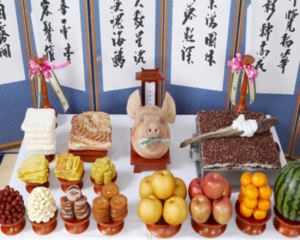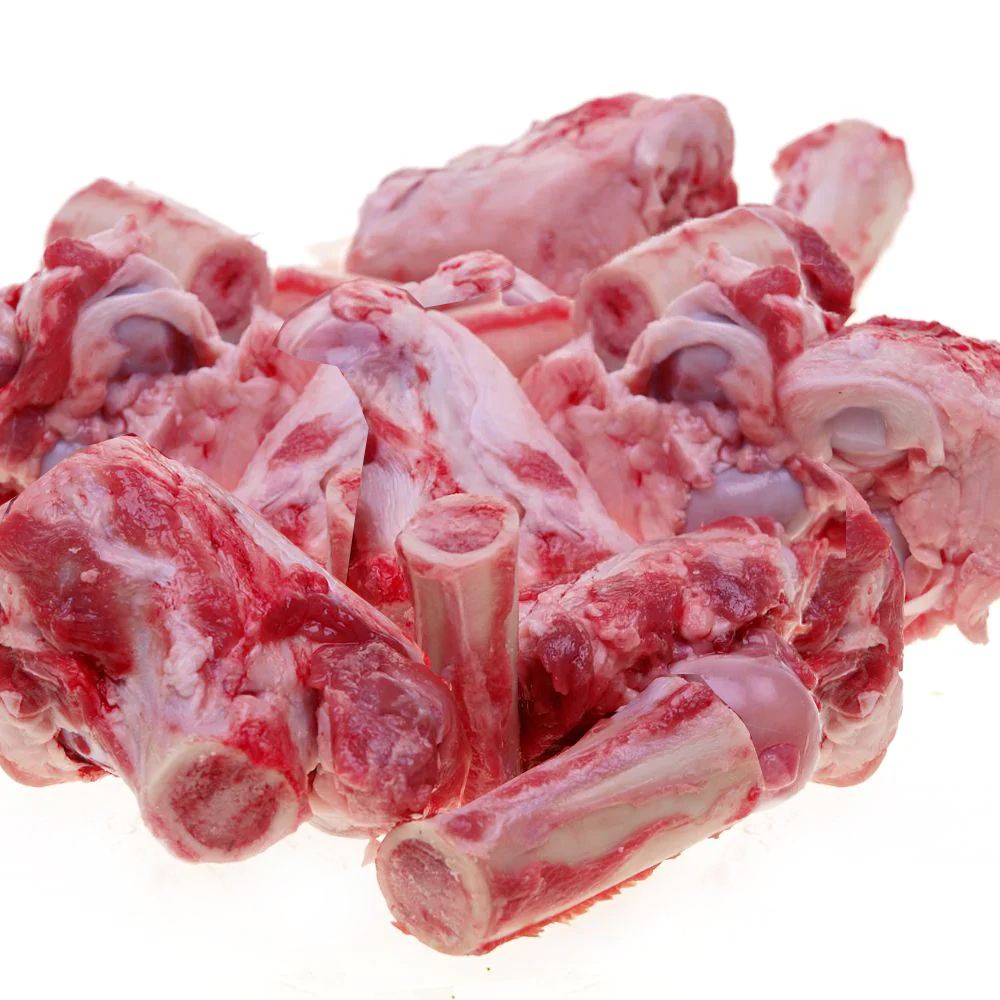Description
돼지머리 Dwaeji Meori Approx. 4.2Kg – NZ Whole Pig Head (Earless) Price/Head
Pork head is a common ingredient in restaurants, and it’s also a staple for Gosa* in Korean cuisine.
*Gosa is a traditional Korean ritual with shamanic roots. The ritual asks for good luck when starting a big event. Bowing to the pig’s head is a way of wishing for prosperity.
It is one of the main staples of the common people and a source of protein, and there are quite a few variations of dishes using pork head, mainly pork cutlets or pork head trimmed and eaten as pork soup.

However, it is not easy to cook at home, and the main obstacle is the difficulty of properly deboning and cooking the pig’s head.
In mythology, the pig is an animal with divine powers. The pig is the 12th of the 12 zodiac animals, which means that October is the last month of the zodiac. This is the time when the heavens, earth, and humans are united, and the discipline is set right. Therefore, the pig symbolized by October was sacred and important.
In addition, in the Five Elements, pigs symbolize water, the source of life, and are believed to revive all things, bringing blessings to all people.
In addition, pigs were considered a symbol of fertility and abundance because they give birth to multiple offspring. That’s why only poisonous pigs were called “lucky pigs” with the “luck” character. It is no coincidence that Don(money in Korean.豚: pig), which is symbolized by goods and blessings, and the cash we use are called ‘money’.

















Reviews
There are no reviews yet.